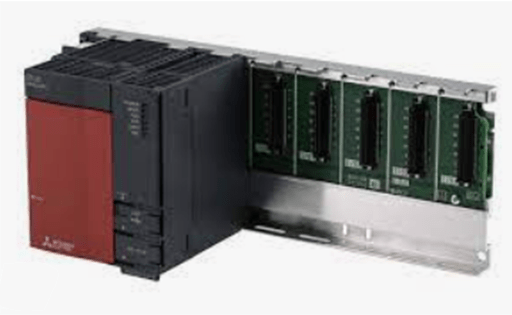
Figure 1: Programmable logic controller (PLC).
(Go to Okmarts and pick the PLC you need)
1. Operating Function
The operating functions of PLC include logic operation, timing and counting functions. The simple operating functions include data shift, comparison, etc; More complex operating functions include algebraic operation, data transmission, etc; Large PLC also has functions of analog PID operating and other advanced operating. With the emergence of open system, all PLC have communication function. Some products communicate with lower computer, some products communicate with upper computer, and some products also have the function of data communication with factory or enterprise network.
The design and selection should start from the requirements of practical application and reasonably select the required computing functions. In most applications, only logic operating, timing , counting, data transmission and comparison are required. When we need to detect and control analog quantity, we use PLC for algebraic operation, numerical conversion and PID operation. Decoding, encoding and other operations are also required when displaying data.
2. Controlling Function
The controlling functions include PID controlling operation, forward compensation controlling operation, ratio controlling operation, etc. We should determine what kind of PLC to choose according to the controlling requirements. In most cases, single loop or multi loop controller is often used to solve the control of analog quantity. Sometimes special intelligent input and output units are used to complete the required control functions which can improve the processing speed of PLC and save memory capacity. For example, PID control unit, high-speed counter, analog unit with speed compensation, ASC code conversion unit, etc.

Figure 2: CPU of a PLC.
3. Communicating Function
The large and medium-sized PLC system should work with field buses and standard communication protocols (such as TCP / IP). And it should be able to connect with the plant management network (TCP / IP) when necessary. The communication protocol should comply with ISO / IEEE communication standards, and it must be an open communication network.
The communication bus should comply with international standards, and the communication distance should meet the actual requirements of the device.
In the communication network of PLC system, the communication rate of the superior network should be greater than 1Mbps, and the communication load should not be greater than 60%.
4. Programming Function
Offline programming mode: PLC and programmer share one CPU. When the programmer is in the programming mode, the CPU only provides services for the programmer and does not control the field equipment. After programming, the programmer switches to the operation mode and the CPU controls the field equipment. Offline programming can reduce the system cost, but it is inconvenient to use and debug.

Figure 3: A programming PLC.
Online programming mode: CPU and programmer have their own CPU. The host CPU is responsible for on-site control and data exchange with the programmer within a scanning cycle. The programmer sends the online program or data to the host. Once the scanning cycle is completed, the host runs according to the newly received program. This method has high cost, but it is convenient for system debugging and operation. It is often used in large and medium-sized PLC
5. Diagnostic Function
The diagnosis function of PLC includes hardware and software diagnosis. Hardware diagnosis determines the fault location of hardware through hardware logic judgment, and software diagnosis is divided into internal diagnosis and external diagnosis. It is internal diagnosis to diagnose the internal performance and function of PLC through software, and it is external diagnosis to diagnose the information exchange function of components such as CPU and external input and output of PLC through software.

Figure 4: Determines the fault location of hardware.
The diagnostic function of PLC directly affects the requirements for the technical ability of operation and maintenance personnel and the average maintenance time.
6. Processing Speed
PLC works in scanning mode. In terms of real-time requirements, the faster the processing speed, the better it is. If the signal duration is less than the scanning time, the PLC can not scan the signal resulting in the loss of signal data.
Related Info
What is a solenoid valve10 matters when installing water solenoid valve
Working principle of 5 kinds of solenoid valves


